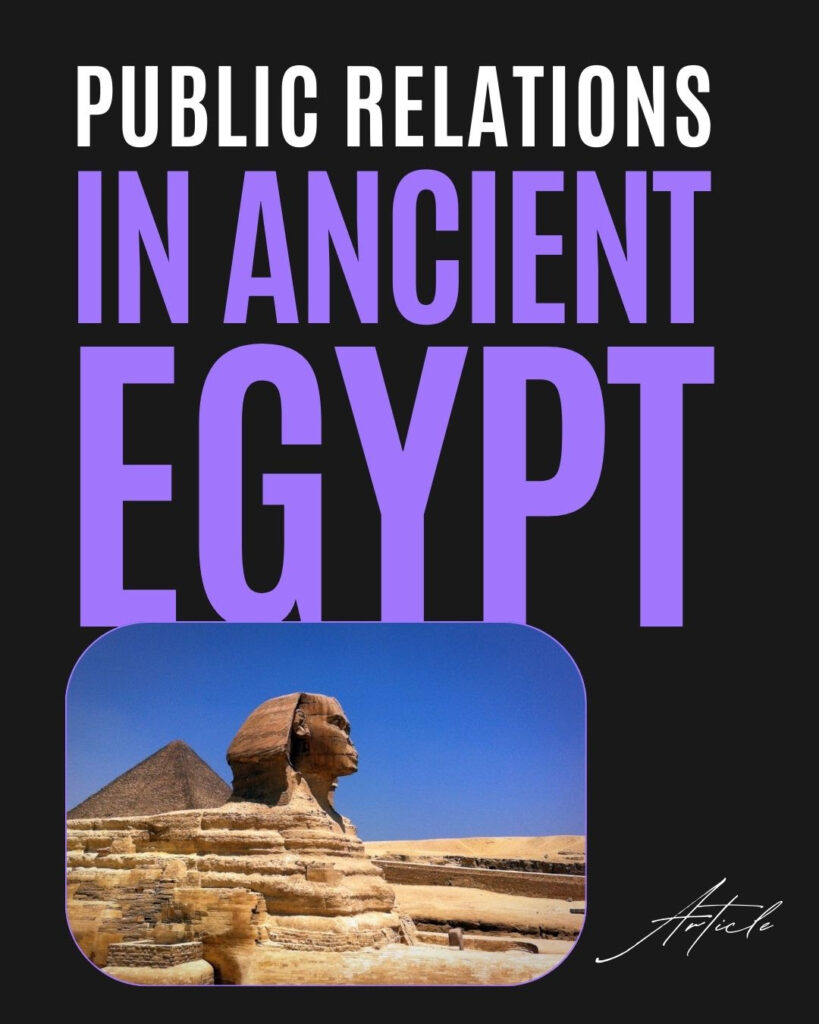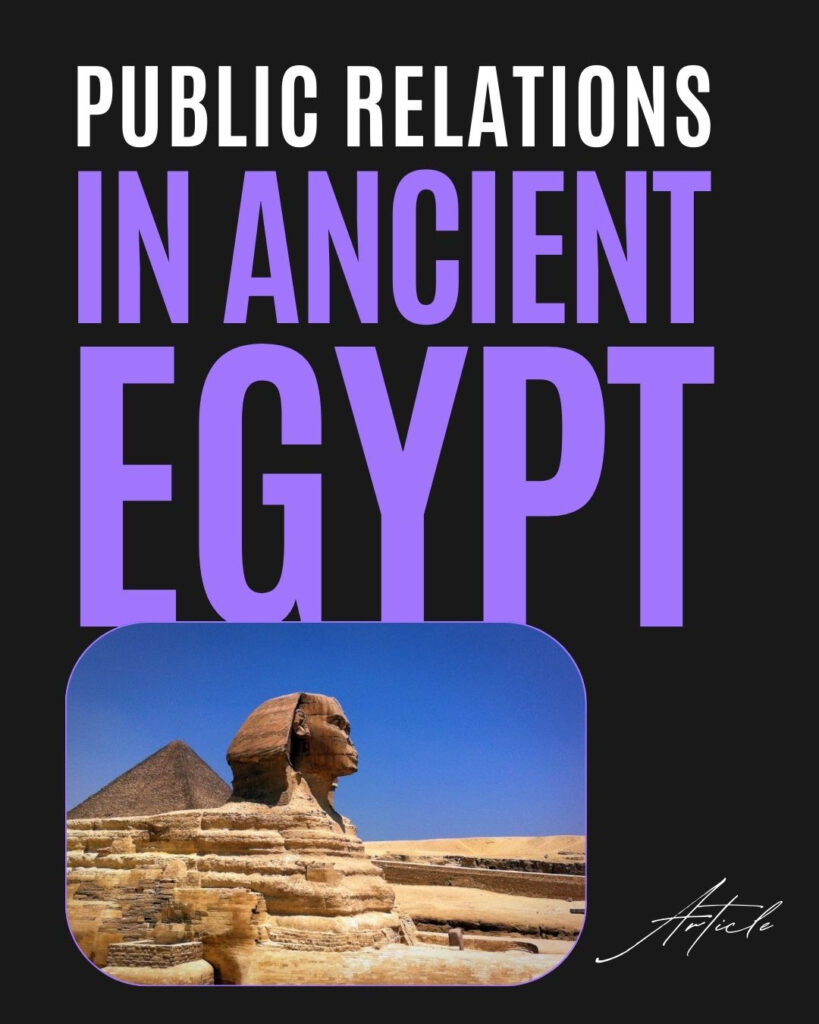
Public relations (PR) has been an essential aspect of communication throughout history, and ancient Egypt (referred to as “eqgpt” in the query) is no exception. Though the formalized discipline of PR as we understand it today did not exist, the ancient Egyptians were adept at managing public perception, disseminating information, and influencing opinions through various means.
1. Hieroglyphics and Inscriptions:
Ancient Egyptians used hieroglyphics to communicate with the public, inscribing messages on temples, monuments, and tombs. These inscriptions served both religious and propaganda purposes, often glorifying pharaohs and their accomplishments. The messages were strategically placed in highly visible locations to ensure a wide audience.
2. Pharaonic Propaganda:
Pharaohs were considered divine rulers, and their images and deeds were carefully curated to maintain a positive public perception. Artistic representations, such as statues, paintings, and reliefs, depicted pharaohs as powerful and benevolent leaders, reinforcing their divine status.
3. Public Announcements and Events:
Public gatherings and events were organized to make important announcements or celebrate significant achievements. Festivals, religious ceremonies, and processions were opportunities for the ruling elite to connect with the public, reinforcing a sense of unity and loyalty.
4. Symbolism and Iconography:
Symbols played a crucial role in ancient Egyptian PR. Hieroglyphs and symbols were carefully chosen to convey specific meanings, emphasizing qualities like strength, wisdom, and prosperity. Symbolism was also utilized in the design of royal regalia, further solidifying the pharaoh’s authority.
5. Oral Tradition and Storytelling:
The ancient Egyptians relied heavily on oral tradition to pass down stories, myths, and historical events. Skilled storytellers played a vital role in shaping public perception by narrating tales that glorified the ruling elite, emphasized societal values, and reinforced cultural identity.
6. Trade and Diplomacy:
Egypt’s strategic location as a crossroads for trade and commerce facilitated diplomatic relations with neighbouring civilizations. Diplomats and emissaries were deployed to manage external perceptions of Egypt, fostering alliances and ensuring a positive image in the broader international community.
7. Use of Titles and Honorifics:
Titles and honorifics were employed to bestow prestige upon individuals and institutions. Pharaohs, officials, and even cities were given grandiose titles, highlighting their importance and contributing to a sense of grandeur and authority.


